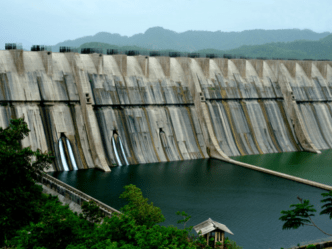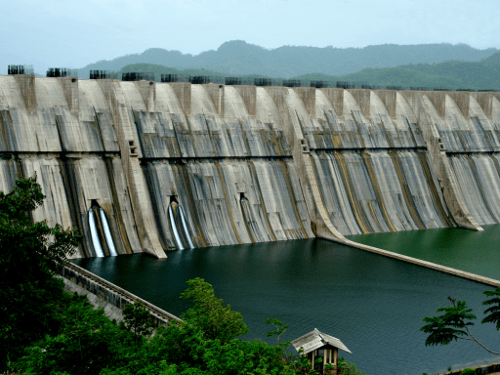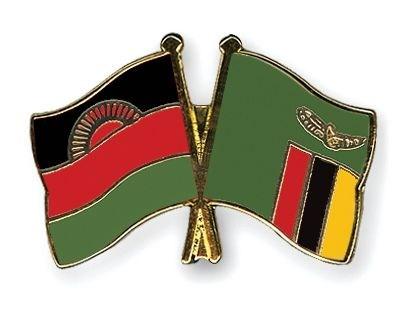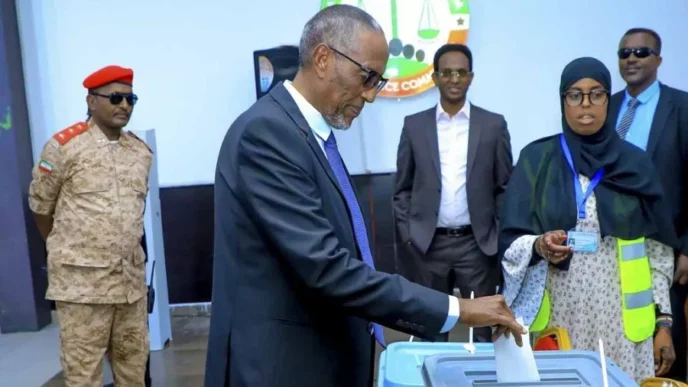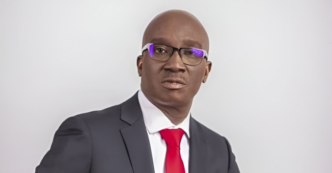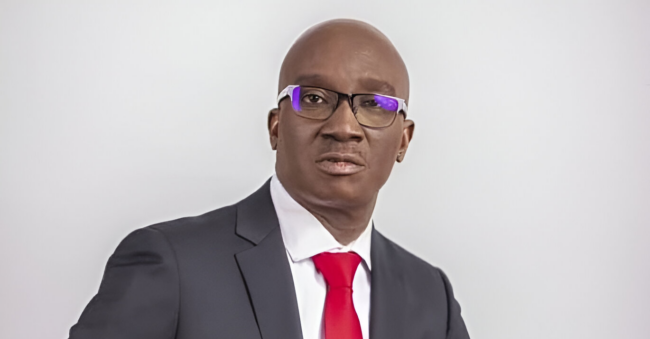The Democratic Republic of Congo (DRC) is on the brink of a revolutionary change in its energy landscape. The World Bank and other financial institutions are actively discussing the funding of the Grand Inga Dam, a colossal hydro-power project poised to generate 44,000 Megawatts of power and potentially electrify the entire African continent. With an estimated cost of $80 billion, this ambitious project has stirred both excitement and controversy, highlighting the complex dynamics of energy development in Africa. As the DRC government revives negotiations with the World Bank, the completion of the world’s largest hydropower dam could mark a new era of energy independence and economic growth for the region.
In reports by African news, The World Bank and other financial institutions are engaged in discussions about funding a mega hydro-power project in the Democratic Republic of Congo that has the potential of supplying electricity across the entire African continent.
The Grand Inga Dam is capable of producing 44,000 Megawatts of power and is estimated to cost 80 billion US dollars. Africanews correspondent Chris Ocamringa visited the dam.
The raging waters of the Congo River are raising hopes of ending the energy shortages in the Democratic Republic of Congo. The government plans to construct 6 hydropower stations near a waterfall in western DRC to add to the two that are already operational.
The Grand Inga Dam will be the world’s largest hydropower dam once its completed.

The construction has stalled for over a decade because of disagreements between the former DRC government and the World Bank over issues of transparency.
But the current government has revived talks with the World Bank to fund the project.
The project has also faced opposition from activists for focusing more on the needs of investors in the mining sector rather than the goal of supplying electricity throughout the country.
A significant amount of the electricity generated will go to the DRC’s mining heartland of Katanga. South Africa and Nigeria have also expressed interest in importing power from the Grand Inga Dam.
“The national electricityutility serves the population and companies. While it gives priority to the mining companies that have invested, there is nowhere that the contract says 100 percent of the power should go to the mining companies,” Ben Munanga, the Chairman Board of Directors, KAMOA Copper S.A. said.
Despite the DRC’s huge hydopower potential, most residents grapple with the nation’s energy poverty.
The vast majority of Congolese who are living in poverty will not be able to afford the electricity.
Businesspeople attending the Makutano international forum ending on November 15 were eagerly waiting for the dam to start operations.
“We have to do it, regardless of the size of the project, whether here at INGA or anywhere in the country, even if it is a small dam, it must be built ,” Eric Monga the vice-president, Congo Business Federation (FEC) said.
Authorities say It may take another decade for the 6 dams to be completed and start generating clean energy in the DRC, but it’s worth the wait.
Will the Grand Inga Dam projectfinally end energy poverty in the DRC and beyond, or will the challenges and controversies overshadow its potential benefits?
